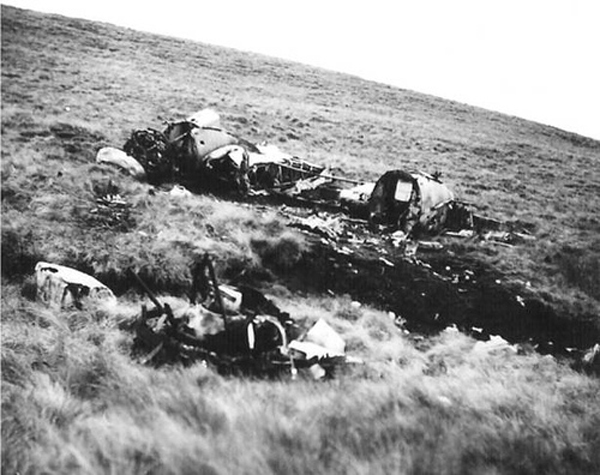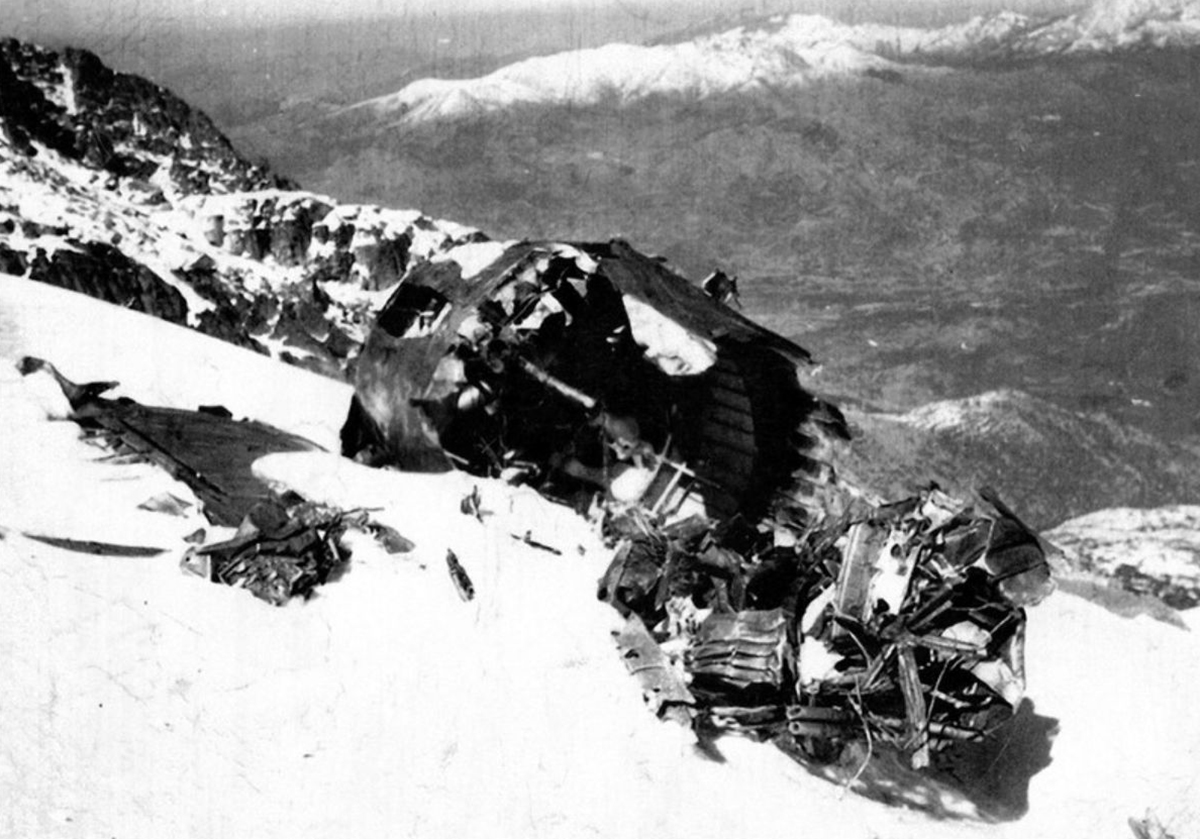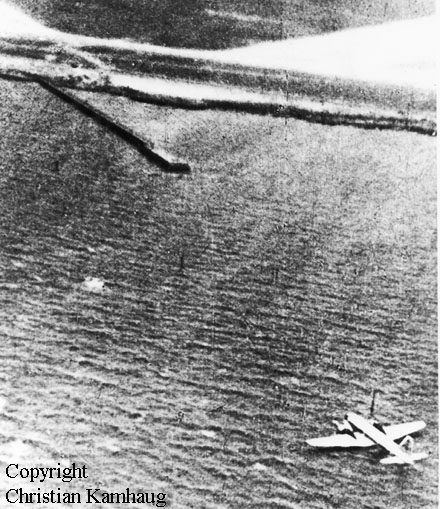Crash of a Vickers 610 Viking 1B near Glasgow
Date & Time:
Apr 21, 1948 at 2001 LT
Registration:
G-AIVE
Survivors:
Yes
Schedule:
Northolt – Glasgow
MSN:
218
YOM:
1946
Flight number:
BE200P
Crew on board:
4
Crew fatalities:
Pax on board:
16
Pax fatalities:
Other fatalities:
Total fatalities:
0
Circumstances:
The twin engine aircraft left RAF Northolt at 1809LT bound for Glasgow-Renfrew Airport. At 1946LT, while cruising at an altitude of 4,700 feet, the captain contacted ATC to obtain the permission to descend to Renfrew. Few minutes later, he requested if the outer marker was operative. Shortly later, the aircraft hit the slope of Mt Irish Law and crashed. All 20 occupants were quickly rescued, two of them were slightly injured. The aircraft was destroyed.
Probable cause:
Poor judgement on part of the captain who continued the approach at a too low altitude to maintain a safe distance with the ground. The failure to receive the outer marker beacon signal was considered as a contributory factor, as well as the low visibility caused by marginal weather conditions.










